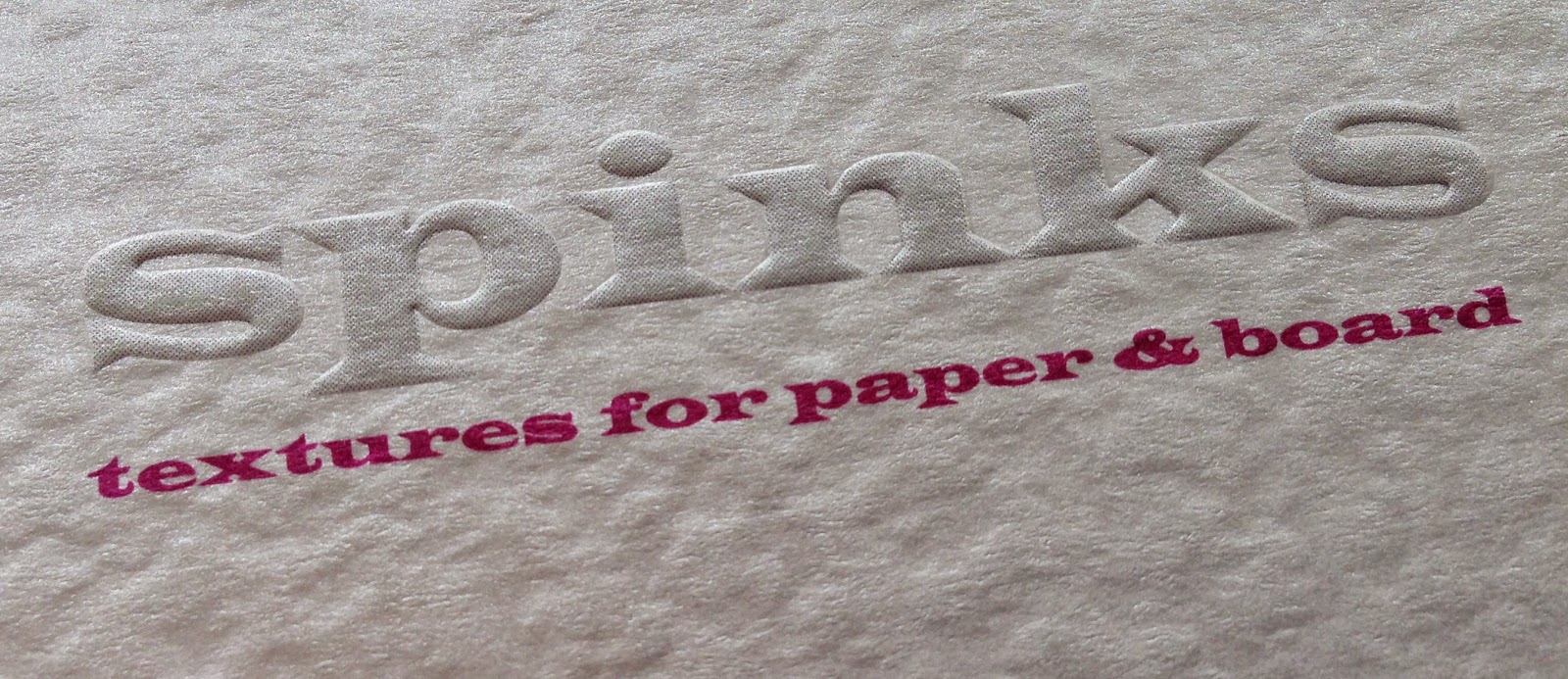
Olivia von Halle is a British luxury nightwear brand that launched at London Fashion Week in September 2011.
The brand can be found in nearly 100 stores in 20 countries including Harrods, Selfridges, Neiman Marcus, Saks Fifth Avenue and online with Net-a-Porter.com.
Focusing on beautifully cut silk pyjamas in stunning exclusive prints, Olivia von Halle has quickly made a name for itself in the world of high-end nightwear. In 2013 the company was awarded the ‘Blue Butterfly Trust Mark’, which is given to brands and companies that have a positive impact on people and the planet.
The publication is sub A4 - 290x205mm, portrait. It has a 4pp cover on Omnia 200gsm and a 16pp text on Omnia 150gsm and is 3 hole sewn.
Unlike many of the fashion lookbooks featured on this blog, which are printed offset litho, this has been digitally printed on an HP Indigo press. The colours are strong and punchy and the whole publication has a matt, tactile look and feel - in fact I can honestly say, every bit as good as litho!
Although Omnia was never originally developed for digital, we now keep it as a stock item with "sapphire treatment". This treatment is often applied to more unusual papers and provides a "key" so that the inks (which are different to litho inks) work on the paper surface. The great thing is the job just doesn't look and feel like a digital job.

These pictures show the binding which is particularly worthy of note. This type of binding is generally known as 'three hole sewn' - because there are three holes! I wrote about the process on this post here:
http://justinsamazingworldatfennerpaper.blogspot.co.uk/2014/07/what-is-3-hole-sewn.html
Where the binding on this particular project differs from the three hole sewing that I described in my post is both in the distance between the holes and the fact that this is knotted on the outside - on the spine.
The thread runs 130mm from hole to hole (260mm in total). It's the first time I've seen this and it works superbly.
Art direction is by Tiffany Goody at Erotyka and photography is by Takuya Uchiyama. Graphic design is by Michael Knight, who runs his studio in East London called A New Mark. Print and finishing is by Gavin Martin Colournet.
http://oliviavonhalle.com/
http://www.anewmark.com/
http://erotykatokyoparis.com/
http://www.gavinmartincolournet.co.uk/
Posted by Justin Hobson 25.02.2015


























































